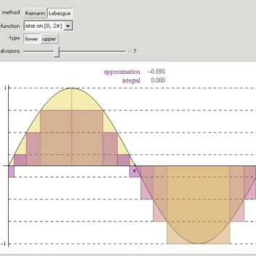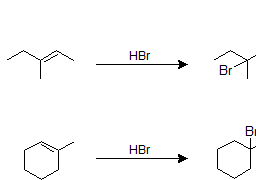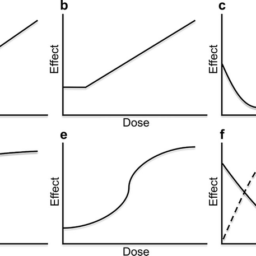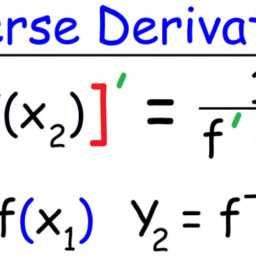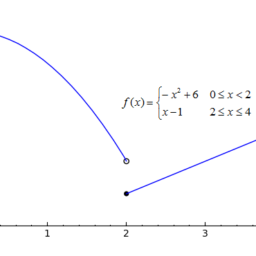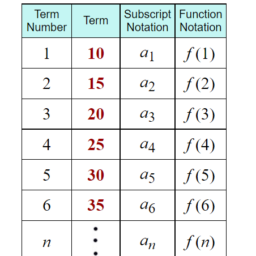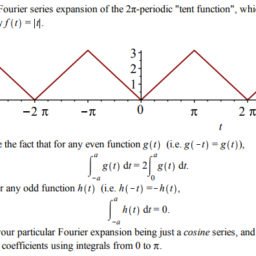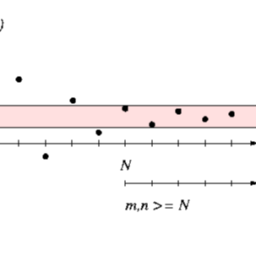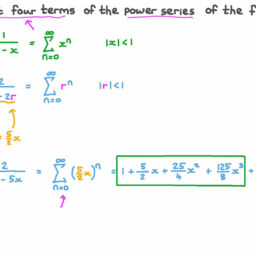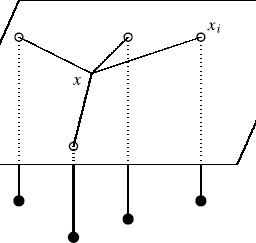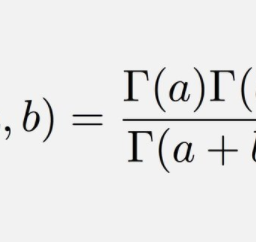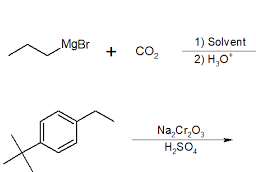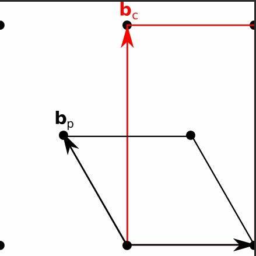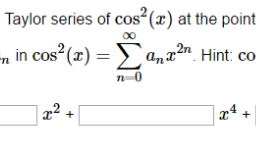微积分note The Limit of a Sequence
The concept of the limit of a sequence was defined precisely by Bolzano 1 The following is the precise definition of what is meant by the limit of a sequence.
Definition 4.4.1 A sequence $\left{a_{n}\right}_{n=1}^{\infty}$ converges to a, written as
$$
\lim {n \rightarrow \infty} a{n}=a \text { or } a_{n} \rightarrow a
$$
if and only if for every $\varepsilon>0$ there exists $n_{\varepsilon}$ such that whenever $n \geq n_{\varepsilon},\left|a_{n}-a\right|<\varepsilon$. Here a and $a_{n}$ are assumed to be in $F^{p}$ for some integer $p \geq 1$. Thus $a_{n}$ is in the Cartesian product $\mathbb{F} \times \cdots \times \mathbb{F}$ where $\mathbb{F}$ consists of real or complex numbers and, although other definitions are $u$ sed, $|a| \equiv \max \left{\left|a_{i}\right|: i \leq p\right}$ for $a=\left(a_{1}, \cdots, a_{p}\right) \in \mathbb{F}^{p}$. In this book, it is usually the case that $p=1$, but there is no difficulty in considering a more general case.
Proposition $4.4 .2$ The usual properties of absolute value hold for $|\cdot|$ with addition of the vectors, and multiplication by a scalar $\alpha$, as presented in elementary calculus
$$
a+b \equiv\left(a_{1}+b_{1}, \cdots, a_{p}+b_{p}\right), \alpha a \equiv\left(\alpha a_{1}, \cdots, \alpha a_{p}\right)
$$
Proof: From the triangle inequality for complex numbers,
$$
|a+b| \equiv \max \left{\left|a_{i}+b_{i}\right|, i \leq p\right} \leq \max \left{\left|a_{i}\right|, i \leq p\right}+\max \left{\left|b_{i}\right|, i \leq p\right}=|a|+|b|
$$
Also, for $\alpha \in \mathbb{F},|\alpha a| \equiv \max \left{\left|\alpha a_{i}\right|: i \leq p\right}=|\alpha| \max \left{\left|a_{i}\right|: i \leq p\right}=|\alpha||a| .$ By definition, $|a| \geq 0$ and is 0 if and only if $a_{i}=0$ for each $i$ if and only if $a=0 \equiv$ $(0, \cdots, 0)$. Also $|a|=|a-b+b| \leq|a-b|+|b|$ so $|a|-|b| \leq|a-b|$. Similarly $|b|-|a| \leq|b-a|=|a-b|$ and so ||$a|-| b|\mid \leq| a-b |$.
In words the definition says that given any measure of closeness $\varepsilon$, the terms of the sequence are eventually this close to $a$. Here, the word “eventually” refers to $n$ being sufficiently large. The above definition is always the definition of what is meant by the limit of a sequence.
Proposition 4.4.3 Let $a_{n}=\left(a_{1}^{n}, \cdots, a_{p}^{n}\right)$. Then $a_{n} \rightarrow a$ if and only if for each $i \leq p, a_{i}^{n} \rightarrow a_{i}$.
Proof: $\Rightarrow$ is obvious because $\left|a_{i}^{n}-a_{i}\right| \leq\left|a_{n}-a\right|$.
$\leftarrow$ There exists $n_{i}$ such that if $k>n_{i}$, then $\left|a_{i}^{k}-a_{i}\right|<\varepsilon$. Let $N \geq \max \left{n_{i}: i \leq p\right}$. Then for $n \geq N,\left|a_{n}-a\right| \equiv \max \left{\left|a_{i}^{n}-a_{i}\right|, i \leq p\right}<\varepsilon$. Theorem 4.4.4 If $\lim {n \rightarrow \infty} a{n}=a$ and $\lim {n \rightarrow \infty} a{n}=\hat{a}$ then $\hat{a}=a$. Proof: Suppose $\hat{a} \neq a$. Then let $0<\varepsilon<|\hat{a}-a| / 2$ in the definition of the limit. It follows there exists $n_{\varepsilon}$ such that if $n \geq n_{\varepsilon}$, then $\left|a_{n}-a\right|<\varepsilon$ and $\left|a_{n}-\hat{a}\right|<\varepsilon$. Therefore, for such $n,|\hat{a}-a| \leq\left|\hat{a}-a_{n}\right|+\left|a_{n}-a\right|<\varepsilon+\varepsilon<|\hat{a}-a| / 2+|\hat{a}-a| / 2=$ $|\hat{a}-a|$, a contradiction. Example 4.4.5 Let $a_{n}=\left(\frac{1}{n^{2}+1}, \frac{i}{n}\right) \in \mathbb{F}^{2}$. Then it seems clear that $\lim {n \rightarrow \infty} a{n}=(0,0)$. In fact, this is true from the definition. Let $\varepsilon>0$ be given. Let $n_{\varepsilon} \geq \max \left(\sqrt{\varepsilon^{-1}}, \frac{1}{\varepsilon}\right)$. Then if $n>n_{\varepsilon} \geq \sqrt{\varepsilon^{-1}}$, it follows that $n^{2}+1>\varepsilon^{-1}$ and so $0<\frac{1}{n^{2}+1}=a_{n}<\varepsilon$ and also $n \geq 1 / \varepsilon$ so $1 / n<\varepsilon$. Thus $\left|a_{n}-(0,0)\right| \equiv \max \left(\left|\frac{1}{n^{2}+1}-0\right|,\left|\frac{i}{n}-0\right|\right)<\varepsilon$ whenever $n$ is this large.
Note the definition was of no use in finding a candidate for the limit. This had to be produced based on other considerations. The definition is for verifying beyond any doubt that something is the limit. It is also what must be referred to in establishing theorems which are good for finding limits.
Example 4.4.6 Let $a_{n}=n^{2}$.
Then in this case $\lim {n \rightarrow \infty} a{n}$ does not exist. This is so because $a_{n}$ cannot be eventually close to anything.
Example 4.4.7 Let $a_{n}=(-1)^{n}$.
In this case, $\lim {n \rightarrow \infty}(-1)^{n}$ does not exist. This follows from the definition. Let $\varepsilon=1 / 2 .$ If there exists a limit, $l$, then eventually, for all $n$ large enough, $\left|a{n}-l\right|<1 / 2$. However, $\left|a_{n}-a_{n+1}\right|=2$ and so, $2=\left|a_{n}-a_{n+1}\right| \leq\left|a_{n}-l\right|+\left|l-a_{n+1}\right|<1 / 2+1 / 2=1$ which cannot hold. Therefore, there can be no limit for this sequence.
Theorem 4.4.8 Suppose $\left{a_{n}\right}$ and $\left{b_{n}\right}$ are sequences, $a_{n} \in \mathbb{F}^{p}, b_{n} \in \mathbb{F}^{p}$ and that
$$
\lim {n \rightarrow \infty} a{n}=a \text { and } \lim {n \rightarrow \infty} b{n}=b
$$
Also suppose $x$ and $y$ are in $\mathbb{F}$. Then
$$
\lim {n \rightarrow \infty} x a{n}+y b_{n}=x a+y b
$$
If $a_{n} \in \mathbb{F}, b_{n} \in \mathbb{F}^{p}$,
$$
\begin{gathered}
\lim {n \rightarrow \infty} a{n} b_{n}=a b \
\lim {n \rightarrow \infty} a{n}^{q}=a^{q}
\end{gathered}
$$
If $b \neq 0$ and $b \in \mathbb{F}$ and $a_{n} \in \mathbb{F}^{p}$,
$$
\lim {n \rightarrow \infty} \frac{a{n}}{b_{n}}=\frac{a}{b}
$$
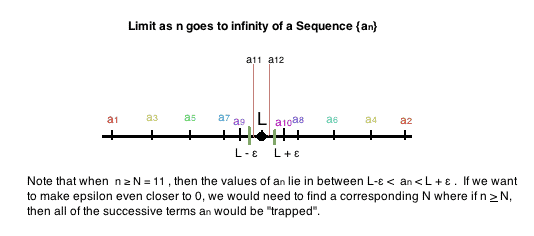
在大于给定整数的整数集合上定义的函数称为序列。
定义 4.2.1 定义域为一组形式的函数
$$
{k, k+1, k+2, \cdots}
$$
对于$k$,整数称为序列。因此可以考虑 $f(k)、f(k+1)、f(k+2)$ 等。通常序列的域是 $\mathbb{N}$,由 $\ 组成的自然数{1,2,3, \cdots}$ 或非负整数 ${0,1,2,3, \cdots}$。此外,在提到序列时,传统上写成 $f_{1}、f_{2}$ 等而不是 $f(1)、f(2)、f(3)$ 等。在上述上下文中,$f_{k}$ 称为第一项,$f_{k+1}$ 称为第二项,依此类推。写序列也很常见,不是写成 $f$,而是写成 $\left{f_{i}\right}_{i=k}^{\infty}$ 或只是 $\left{f_{ i}\right}$ 简称。
例 4.2.2 令 $\left{a_{k}\right}_{k=1}^{\infty}$ 定义为 $a_{k} \equiv k^{2}+1$。
这给出了一个序列。实际上,$a_{7}=a(7)=7^{2}+1=50$ 只是使用序列的 $k^{th}$ 项的公式。
如果序列以这种方式来自 $k^{th}$ 项的公式,那就太好了。然而,情况往往并非如此。有时序列是递归定义的。当给出序列的前几个项,然后指定一个规则,该规则根据 $a_{1}、\cdots、a_{n}$ 的知识确定 $a_{n+1}$ 时,就会发生这种情况。这个从 $a_{k}$ 的知识中为 $k \leq n$ 指定 $a_{n+1}$ 的规则称为递归关系。
例 4.2.3 令 $a_{1}=1$ 和 $a_{2}=1$。假设 $a_{1}, \cdots, a_{n+1}$ 是已知的,$a_{n+2} \equiv$ $a_{n}+a_{n+1}$。
因此,这个序列的前几个项,按顺序列出,是 $1,1,2,3,5,8,\cdots$。这个特殊的序列被称为斐波那契序列,在兔子的繁殖研究中很重要。请注意,这定义了一个函数,但没有给出公式。这样的序列自然地出现在使用幂级数方法的微分方程的解中以及许多其他非常重要的情况中。
对于序列,考虑称为子序列的东西非常重要。
定义 4.2.4 令 $\left{a_{n}\right}$ 是一个序列并且令 $n_{1}<n_{2}<n_{3}, \cdots$ 是任何严格递增的整数列表使得 $n_{1}$ 至少与函数域中的第一个数字一样大。那么如果 $b_{k} \equiv a_{n_{k}},\left{b_{k}\right}$ 称为 $\left{a_{n}\right}$ 的子序列。这里 $a_{n}$ 在某个给定的集合中。
例如,假设 $a_{n}=\left(n^{2}+1\right)$。因此 $a_{1}=2, a_{3}=10$, 等等。如果 $n_{1}=1, n_{2}=$ $3, n_{3}=5, \cdots, n_{k} =2 k-1$,然后令$b_{k}=a_{n_{k}}$,如下
$$
b_{k}=\left((2 k-1)^{2}+1\right)=4 k^{2}-4 k+2 。
$$

微积分note Integer Multiples of Irrational Numbers 请认准UprivateTA™. UprivateTA™为您的留学生涯保驾护航。


